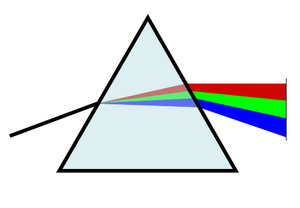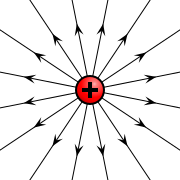Hello PhysicsFans!
Let us explain what are the new developments at PhysicsFans.com.


Now we have changed the platform from Drupal to Wordpress - as we thought that content is more important than the structure and other extensive capabilities offered by the Drupal system.
We are now in the process of tweaking the wordpress system to provide all the features and facilities (and some thing more!) we provided earlier with the drupal system.
How to use PhysicsFans.com now?
The first step is to join the site. When you register and then log in to the system, your account will be upgraded to contributor so that you can add blogs and participate on forums. You can post blogs, forum topics and replied to forum posts, but your posts and replies will appear on the site only after ADMIN approves your posts and Replies.
Please suggest more additions and desired features here. We are waiting to hear from you!
















